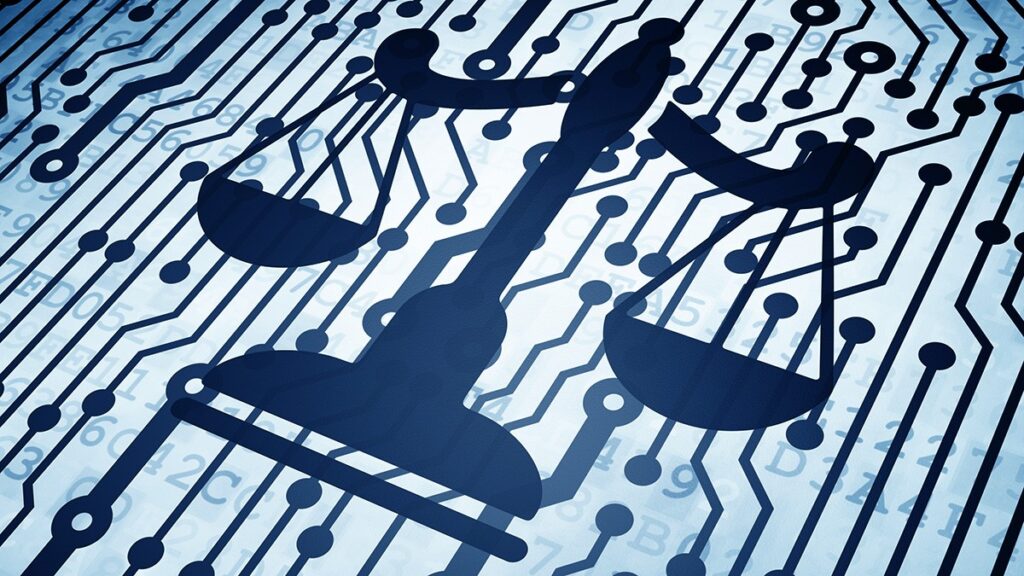
The legal sector is built on tradition, precedent and regulation. It has never been an early adopter of technology, preferring to maintain the historic working practices that have been in place for decades, if not centuries. As recently as the turn of the century, many barristers’ chambers continued to use paper diaries, refusing to trust that a computer would not crash and swallow all of their court appointments.
However, in the post Legal Services Act era, it is exactly these conditions that have attracted innovators, determined to simplify and improve the delivery of legal services. Technology officers are now common place in the major law firms, as is the introduction of chatbots, voice recognition and document assembly technology to replace activities historically handled by qualified lawyers and, more recently, paralegals. The technology race has now begun, with AI a hot topic for most lawyers, particularly those whose work has a large element of manual processing.
In the early days of tech in law firms, the main focus was on document search, removing the cost of having a person sifting through thousands of pages of evidence to pick out relevant key words. Technology quickly moved from searching documents, to taking those same documents and turning them into court bundles, paginating and highlighting the relevant evidence that the machine had discovered. These were all tasks that had been carried out by lawyers in the 90s and by unqualified members of staff in the 00s, already reducing administrative costs for law firms. What had not previously been possible or even considered was replacing qualified lawyers with technology and, in particular, artificial intelligence (AI).
The unique skill to identify winning points on a case, whether from medical reports, witness accounts, historic contractual documents or any other source of evidence, and form a cohesive argument or to pick out weaknesses in the opposition case were historically the reserve of people who had studied and practised law. But then AI and predictive coding came along and changed all of that. That is not to say that there will not always be a place for legal arguments to be heard in a suitable forum, with qualified lawyers seeking to build or dismantle an opposing argument, in front of a panel of peers or an experienced judge or panel of judges. It is just that AI is now able to absorb and apply the varying legal arguments, the case law precedents and the statutory law to determine the outcome in a case. While this removes interpretation, it ensures consistency. In areas such as low value personal injury law this is particularly useful. While AI can assist with case management and communication, it cannot effectively replace the soft skills that are essential to the management of clients and their cases, particularly vulnerable clients. AI is an opportunity to support clients and lawyers and to free them up to focus on those tasks that require real legal expertise.
At St John’s Buildings, we have launched a tech law panel within Chambers, working to identify new areas of law created by the use of tech in society. The impact of driverless cars, drone regulation, face recognition and privacy are just a small handful of examples, and all are creating new and complex rules and regulations that require legal support. We have also joined several other innovators on the Manchester Law and Technology Initiative (LaTI), set up by Manchester University to engage legal technology innovators.
We are already using AI to deliver better case management solutions and outcomes for clients. The technology does not replace expert lawyers but ensures that they only provide expertise where it is required. Through collaboration with Keoghs and Advanced, St John’s Buildings is using Keoghs’ “Lauri” software to deliver an end-to-end solution for personal injury cases which ensures cases are handled efficiently without overlap, despite being handled by more than one organisation. This is done without human intervention. Lauri gathers the relevant evidence – medical reports, police accident reports, witness statements, vehicle repair information etc – reads them and forms them into a case, making determinations in relation to the relevance of evidence and the impact it has on the value of the case. This extends to producing offer letters and litigation bundles to go to the other side.
The technology reduces cost, but also ensures actions required on an individual case happen quickly and to an agreed process, while the client is kept fully informed. Once the initial phases have concluded, the case is either settled or turned into an instruction for a barrister and automatically dropped into the barrister’s diary and cloud storage solution. The Lauri product is a perfect example of revolutionary technology improving client service, while maintaining access to legal experts. By using technology to manage the case through to settlement or legal representation, the risk of human error and overlap is removed.
The online digital court is rapidly approaching, and the inevitable next stage is to use tech to solve problems previously argued over by lawyers. The impact of a mistake made by a machine on a highly regulated business can be catastrophic, perhaps explaining why there is some reluctance within the legal sector to trust AI. However, when it is used properly it can enhance client service and reduce risk. The expertise that we offer in terms of quality advocacy can only be enhanced by being supported by tech solutions that we produce in collaboration with others in the market.

David Anderson, Head of Corporate Services at St John’s Buildings


